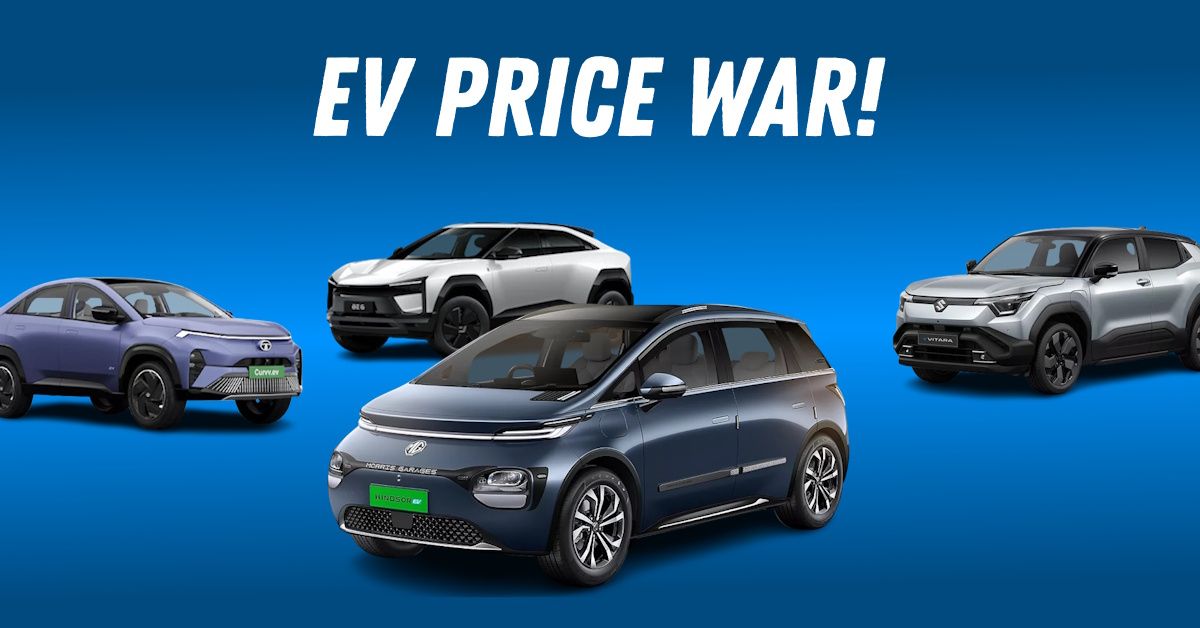The New MG Windsor Pro Will Cause A Price War: We Explain!


Rumours have swirled for weeks: a 52.9 kWh battery, a range leap from 332 to 449 km, and a suite of ADAS features—autonomous emergency braking, adaptive cruise control, lane-keeping assist—never before seen at this price. Well, the rumours have just come true. The Windsor Pro is here.
The sticker? 17.49 lakh rupees, and the whispers of a radical Battery-as-a-Service model that could drop the entry price to 12.99 lakh rupees have also come true. For some, this is the dawn of a new era; for others, a warning shot across the bows of Tata, Hyundai, and every other automaker with electric ambitions.
Tata, caught off-guard, may scramble to add features or slash prices on its Curvv EV. Will it double down on its longer range (502 km) or find itself forced to match Windsor’s tech, even at the cost of margins?
Hyundai, with its Creta EV trailing in both range and technology, faces a crossroads: reposition as a premium choice, or risk being left behind as buyers flock to the Windsor’s value proposition.
Maruti Suzuki and Toyota, long-time titans in petrol, now stare at a future where their new EVs risk irrelevance if they can’t match Windsor’s blend of price and features. Is their dominance about to erode, or will they surprise with innovations of their own?
What we do know for a fact is that both Maruti and Toyota are looking at a very attractive price point for the likes of the eVitara and the Urban Cruiser electric SUVs. The eVitara is lined up for September 2025, and the Urban Cruiser EV is expected to follow by the end of this year.
The industry holds its breath. Will a price war erupt, with discounts and new features cascading across showrooms? Or will the Windsor’s challenge fizzle, leaving the status quo intact?
One thing we've already noticed is the fact that Mahindra is seriously contemplating the larger, 79 kWh battery pack for entry-level trims of the BE6 and XEV 9e electric SUVs. It this materializes, it will make a real world 450-500 Km range more affordable than ever before.
On the streets, buyers weigh their options. The prospect of a longer-range, feature-rich EV at a lower price is tempting. Some see this as the moment electric vehicles finally go mainstream in India, their practical concerns-range, charging, safety-addressed at last. Others wonder: will the infrastructure keep pace? Will rivals respond in kind, or will Windsor’s lead prove fleeting?
In this moment of flux, one thing is clear: the Windsor Pro’s arrival has shifted the ground beneath the industry’s feet. The next months may bring price drops, feature races, or bold new business models.
Or perhaps, as with all revolutions, the outcome will be messier—unexpected winners, unforeseen challenges, and a marketplace transformed in ways no one can yet predict.
For now, the story is still being written. But the Windsor has ensured that it will be a story worth watching.